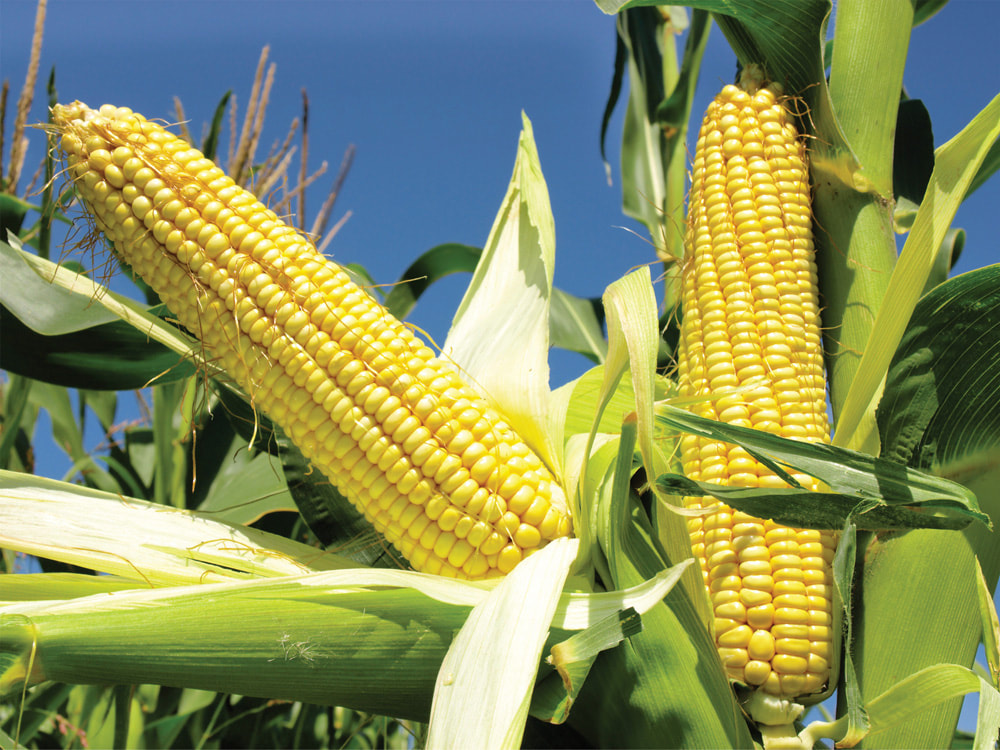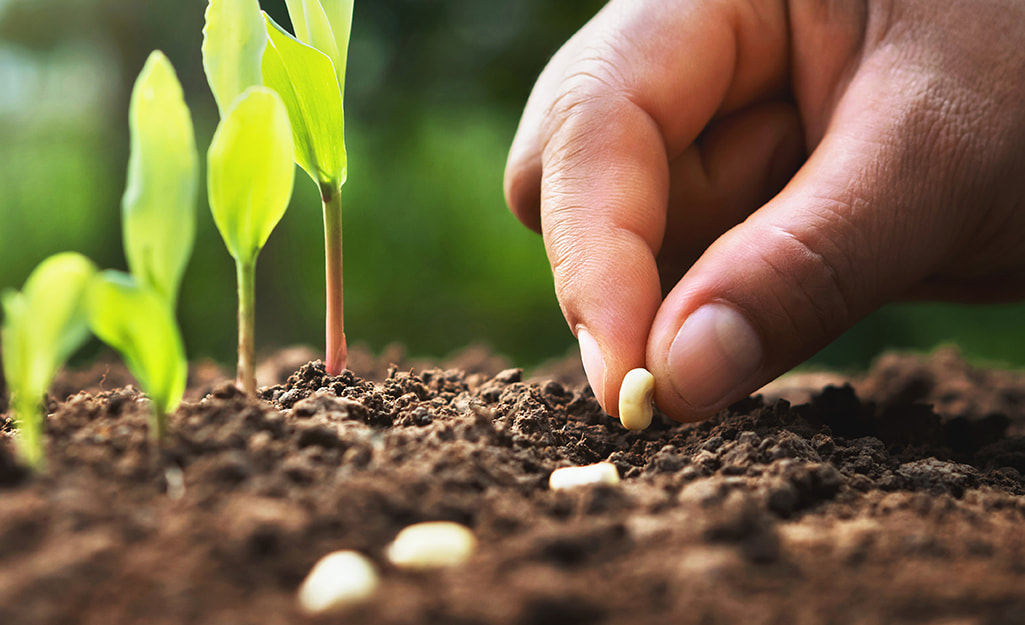1. " If you have built castles in the air, your work need not be lost; that is where they should be. Now put the foundation under them."- Henry David Thoreau.
2. " However mean your life is, meet it and live it; do not shun and call it hard names. It's not so bad as you are. It looks poorest when you are richest. The fault-finder will find fault even in paradise. Love your life, poor as it is. You may perhaps have some pleasant, thrilling, glorious hours, even in a poorhouse. - Henry David Thoreau.
3. " The purpose of life is not to be happy. It is to be useful, to be honorable, to be compassionate, to have it make some difference that you have lived and lived well." - Ralph Waldo Emerson.
4. " The only person you are destined to become is the person you decide to be."- Ralph Waldo Emerson.
2. " However mean your life is, meet it and live it; do not shun and call it hard names. It's not so bad as you are. It looks poorest when you are richest. The fault-finder will find fault even in paradise. Love your life, poor as it is. You may perhaps have some pleasant, thrilling, glorious hours, even in a poorhouse. - Henry David Thoreau.
3. " The purpose of life is not to be happy. It is to be useful, to be honorable, to be compassionate, to have it make some difference that you have lived and lived well." - Ralph Waldo Emerson.
4. " The only person you are destined to become is the person you decide to be."- Ralph Waldo Emerson.


































